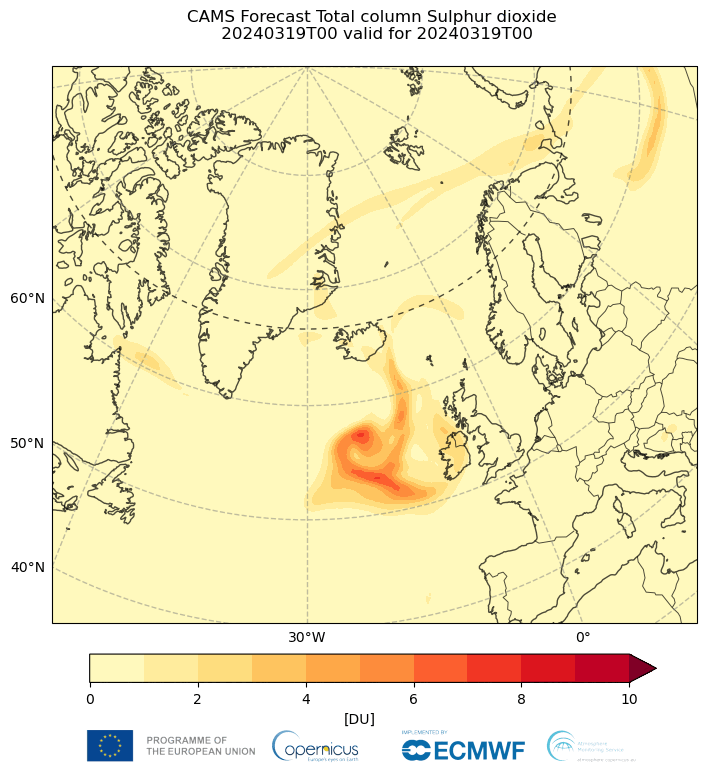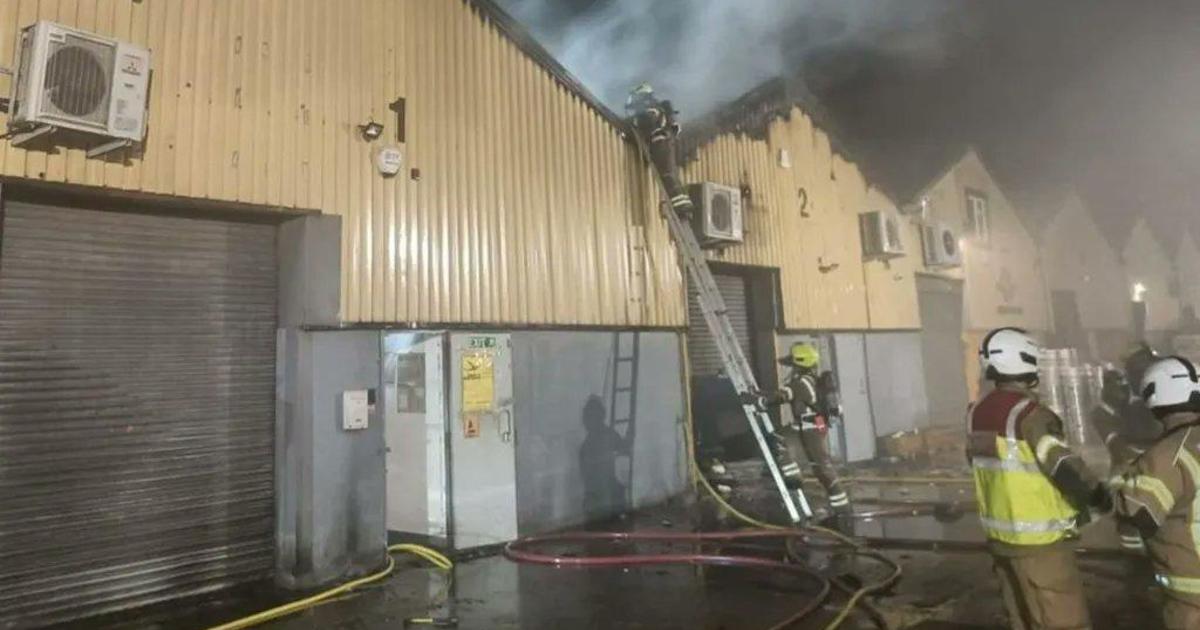Iceland's latest volcanic eruption will have an impact as far as Russia
Iceland's Reykjanes peninsula is experiencing its fourth volcanic eruption since December. And this time, the impact is expected to be more widespread.
The latest eruption broke out on Saturday between southwest Iceland's Mt. Hagafell and Mt. Stóra Skógfell, quickly producing a nearly 2-mile-long fissure and spewing lava. The small local town of Grindavik was once again evacuated, and as of Wednesday, Iceland's meteorological office reported that eruptive activity "appears to be relatively stable."
But while the eruption is stable, gas pollution is still a concern.
Several types of gases are released during a volcanic eruption, including sulfur dioxide, which the meteorological office says "has a strong smell and can irritate the nose, mouth, throat and eyes." It can be especially triggering for those with asthma and "it can be lethal at high enough concentrations for a long enough time."
Copernicus, the European Union's climate change monitoring service, said on Thursday that sulfur dioxide emissions from the latest eruption are so vast that they will reach continental Europe, spewing as far as Russia.
"The previous eruptions didn't produce much in terms of SO2 (sulfur dioxide) emissions which could be observed and assimilated in our system," CAMS senior scientist Mark Parrington said. "The amount of SO2 emitted this time has been very clear in the observations and we are closely monitoring the plume as it is transported over northern Europe."
Copernicus says that the the plume of sulfur dioxide will likely transport over the next five days. As of Thursday, it's already reached Ireland and the U.K., and forecasters believe it will go across Scandinavia before heading toward northwest Russia.
CAMS Director Laurence Rouil said that sulfur dioxide can impact air quality as well as the amount of ozone in the stratosphere, but that so far, gases emitted from Iceland's latest eruption "have not yet been so severe." Parrington added that scientists don't expect the emissions to have an impact on surface air quality or climate.






